Colorism – a form of prejudice or discrimination usually from members of the same race in which people are treated differently based on the social implications from cultural meanings attached to skin color. Wikipedia
The first time I became remotely conscious of my skin tone was at 14. This was soon after I first joined high school as a boarder and everyone around me seemed to be gushing over the light-skinned girls’ beauty. Curiously, even that slight self-consciousness I began developing as a result then was quite unsettling.
Before that, I had somehow settled comfortably in the middle; neither too light nor too dark. But here I now was, an impressionable teenager, suddenly encountering a new problem coupled with all the other adolescent related issues; that of skin tone and which was considered more desirable than the others.
Little did I know that I would soon also join the bandwagon of skin-tone-shamers. In my class, there happened to be a girl who was distinctly darker than everyone else. Eventually, a favorite pastime for us became to horribly tease the darkness of her skin. And we howled mercilessly oblivious to the damage we may have been causing to her self-esteem and the inappropriateness of it. Through it all, she tried her best not to show that she was affected by our unfair treatment of her.
I still remember the uncomfortable look on her face each time we did it that gave away the fact that her composure was indeed but a struggle to maintain. In that shared camaraderie, we had somehow managed to convince ourselves that since we were lighter compared to her then we were superior.
……..
My paternal grandmother is very light-skinned. My mum is convinced that there had to be European blood in her lineage. It’s a possible theory with colonialism by the British being a contributing factor but I have never once believed that claim. Not once have I ever heard my father talk of his mother being of mixed race.
Of all her children and they are many, only one, my uncle, is as light as she is. The rest, my father included, come in all shades. Growing up, I have always been aware of the attention my grandmother’s skin tone got from those who met her for the very first time. The reaction was often being immediately struck by just how naturally light she was enough to recount it to others.
As a child, I remember my elder sister, significantly darker than myself, getting concerned once to openly admit that she was not sure whether she could get something to keep her busy soon after high school. This was fueled by the fact that she had already realized a preference for lighter skinned girls who worked jobs entailing interactions with customers.
Back then, how light you were was actually a thing for some bosses who would not hesitate in hiring you because you came across as “desirable” and could therefore “attract” customers into their premises. This was replicated on billboards at the time that often seemed to settle for the lighter girls while overlooking the darker ones.
……..
Long before I was of high school going age, I had been lucky enough to witness really dark skin being genuinely appreciated in the MNET Face of Africa continental focused beauty pageant for Africans by Africans. At the time, I seemed to be growing tall quite fast and actually harbored modeling aspirations for a while. MNET Face of Africa, later renamed the NOKIA Face Of Africa seemed like a platform where I would easily be embraced with models such as Senegalese Ramatoulaye Diallo and Nigerian Oluchi Onweagba taking the titles.
In the bedroom I shared with my sister, I had cut out the picture of Debrah Sanaipei Ntimama, significantly lighter than the girls winning the Face of Africa competitions, being crowned Miss Tourism Kenya 2001 from the paper and stuck it on our wall as a constant reminder of my modeling aspirations.
When Nigerian model, Agbani Darego became the first native African to win Miss World 2001, a then 11 year old me begged my father to buy me an African business magazine that celebrated her win with a spread of her being crowned on the cover. The next time he went to town on his errands, he came back with the magazine and I was over the moon! I only read the article that talked about her.
Interestingly, I got to a certain height in my early teens and did not grow any taller and there went all of my modeling aspirations with it but the earlier campaigns by the Face of Africa beauty pageant aimed at proving that “black was actually really beautiful” had already made this positive impression on me.
It however would take an additional several years and certain eyebrow raising encounters to make me discover that there actually was a problem needing to be addressed with regards to a preference of light skin over dark skin; And much later as an adult, the awareness of the word colorism.
Understanding colorism as an African woman
Colorism was not something you were entirely spared of just because you lived in the African continent where a majority of the population in your country was made up of people who looked just like you. As a matter of fact, we had grown up with the knowledge that some men and women including entertainers, bleached just to attain that “desirable” lighter skin tone.
A Congolese lady, new in the country and friends with my sister once gave her an empty body cream bottle and money to try and find the same product for her. My sister showed me the bottle which we both scrutinized laughing at what we termed pathetic. Our amusement continued when the said body cream could not be found in any supermarket in our town and we witnessed how the lady’s tone grew darker by the day as a result.
It was hilarious for us both how my sister feigned concern at the lack of the said product. None of us had the guts to straight out tell her that it had harmful bleaching ingredients. Perhaps she knew and still used the cream or perhaps she had no idea. We couldn’t really tell.
Interestingly, I got to a certain height in my early teens and did not grow any taller and there went all of my modeling aspirations with it but the earlier campaigns by the Face of Africa beauty pageant aimed at proving that “black was actually really beautiful” had already made this positive impression on me.
How we had reveled in the fact that as Kenyans, we were above that and had even gone ahead to poke fun at the ones who openly bleached from other African countries. It wasn’t until the same phenomenon began trickling down to what we had once considered our own insulated part of the continent that we began to quickly realize we were not entirely above the politics of what was actually being touted as desirable African skin tone.
So bad was it that magazine and newspaper columnists felt compelled to write articles creating awareness on what ingredients we had to look out for in beauty products that would likely bleach the skin with adverse effects. When the two culprits were identified; mercury and hydroquinone, products containing the same were immediately banned and considered illegal in my country.
However, this did not stop some shops in downtown Nairobi from stocking on the said skin products dubbed mkorogo (mixture). For those who had really set their minds to it, no amount of restriction could deter them from going ahead to attain that lighter tone. Turns out we were not really as insulated as we once thought as Kenyans.
And as the politics raged on, advertisers eventually felt the need to embrace the diversity and billboards in later years began to feature a variety of shades. By then, another phenomenon had started emerging. That of a preference of light skinned video vixens in music videos by African artistes.
Countless videos seemed to be featuring mixed race women or if possible, African women with the lightest of tones. Some of the male artistes were actually of way darker shades but in a bizarre move, felt that the lighter the females in their music videos, the better the quality of entertainment. It was indeed disconcerting to watch the colorism message constantly being pushed to fans who were probably at that age when they were still in the process of discovering themselves.
Then came the Kenyan socialites with a notable one being Vera Sidika. Once of a darker skin tone, Vera would unapologetically lighten her skin so much that it became trending news for days. And as if to counter the argument that only persons who battled insecurities of sorts with their appearance bleached, she was categorical that her decision had been fueled by her entrepreneurial spirit and brand declaring, “My body is my business and it is a money-maker” to Kenyan TV Host, Larry Madowo. She also stated that the procedure had been conducted abroad and had costed her more than 15 million kshs again countering the argument that skin bleaching could only happen locally and cheaply.
With public figures such as herself openly admitting to bleaching to improve their brand, the subject of colorism seemed to be suddenly morphing into something else; that which touted a certain skin tone as necessary to improve oneself economically. It was no longer about the desirability factor but how much money you could make if you just happened to be of a lighter tone than what was considered usual.
The most disheartening thing is that this was happening well into the 21st century when there already had been numerous campaigns aimed at celebrating the diversity of different African skin tones. The contradictory nature of it almost on a mission to force it down the throats of everyone else that the campaigns were in essence, not needed. Indeed, other socialites were emboldened by Vera Sidika’s move to openly admit to bleaching. We had no other choice but to respect their personal decisions.
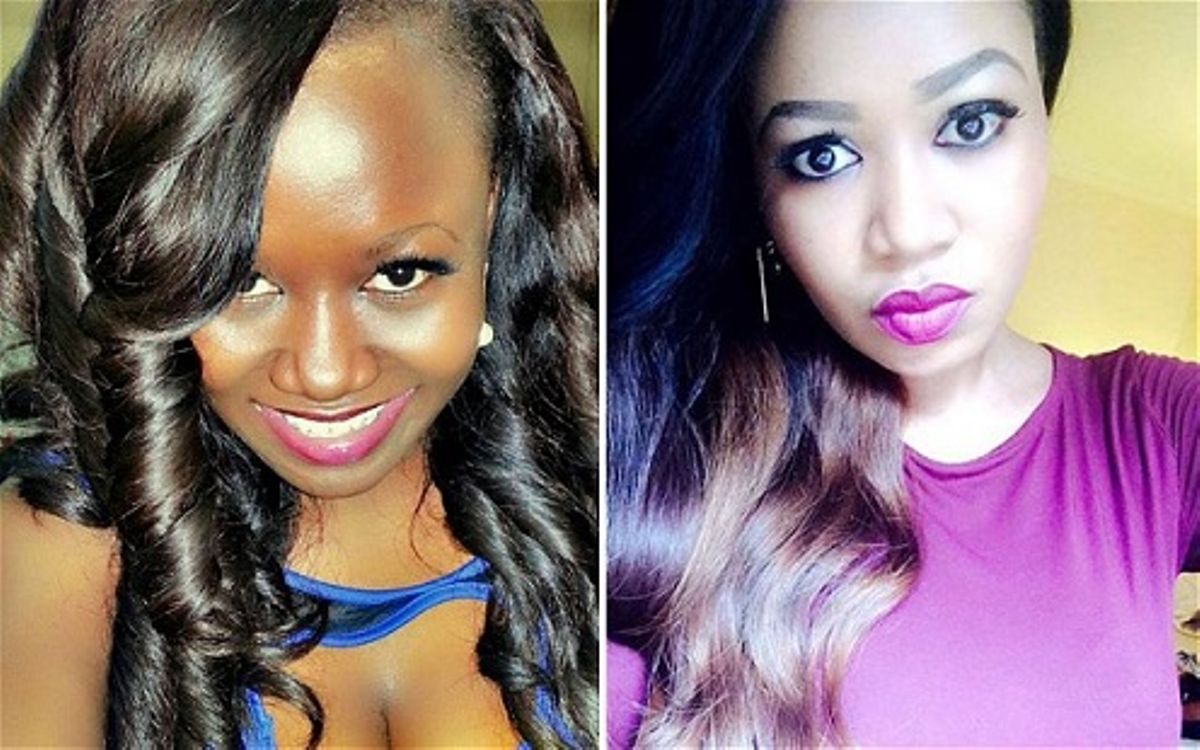
Kenyan Socialite and Entrepreneur, Vera Sidika’s before and after skin lightening. Photo not ABOC’s.
It’s worth noting that colorism in Africa has not only been characterized by measures that have been taken to lighten one’s tone such as bleaching, for example. Colorism has been present in our society for quite a while. When the South Sudanese community began being a fixture in our Kenyan society a couple of years back, they endured frequent taunting from some locals because their skin just happened to be distinctly darker.
I recall a Sudanese male friend expressing his concerns to me that he felt I would not really be interested in him because of just how dark his skin was compared to mine and other Kenyans. I laughed it off unaware of what exactly I was supposed to say to convince him that my reluctance was not so much because of how his skin looked but mainly because I just had never felt the same for him.
When friends and relatives bemoaned the fact that someone’s daughter had turned out darker than their son yet it was automatically expected for the girl child to naturally take after one parent’s lightness, it was colorism at play masked with concern. When certain colors were touted to look better on certain skin tones and to look shouting on others, it was still colorism.
Nobody was directly pushing anyone to go ahead and bleach but the narrative that the lighter the skin tone, the more desirable, was inevitably being spread in subtle and not so subtle ways. African society has often courted colorism from as far back as I personally became aware of it. And while we may vehemently try to deny this, it manifests when we least expect it to and we are now forced to consider this phenomenon that shouldn’t even be necessary when we boast of a diversity of looks on our continent.
See more on Beauty & Cosmetics



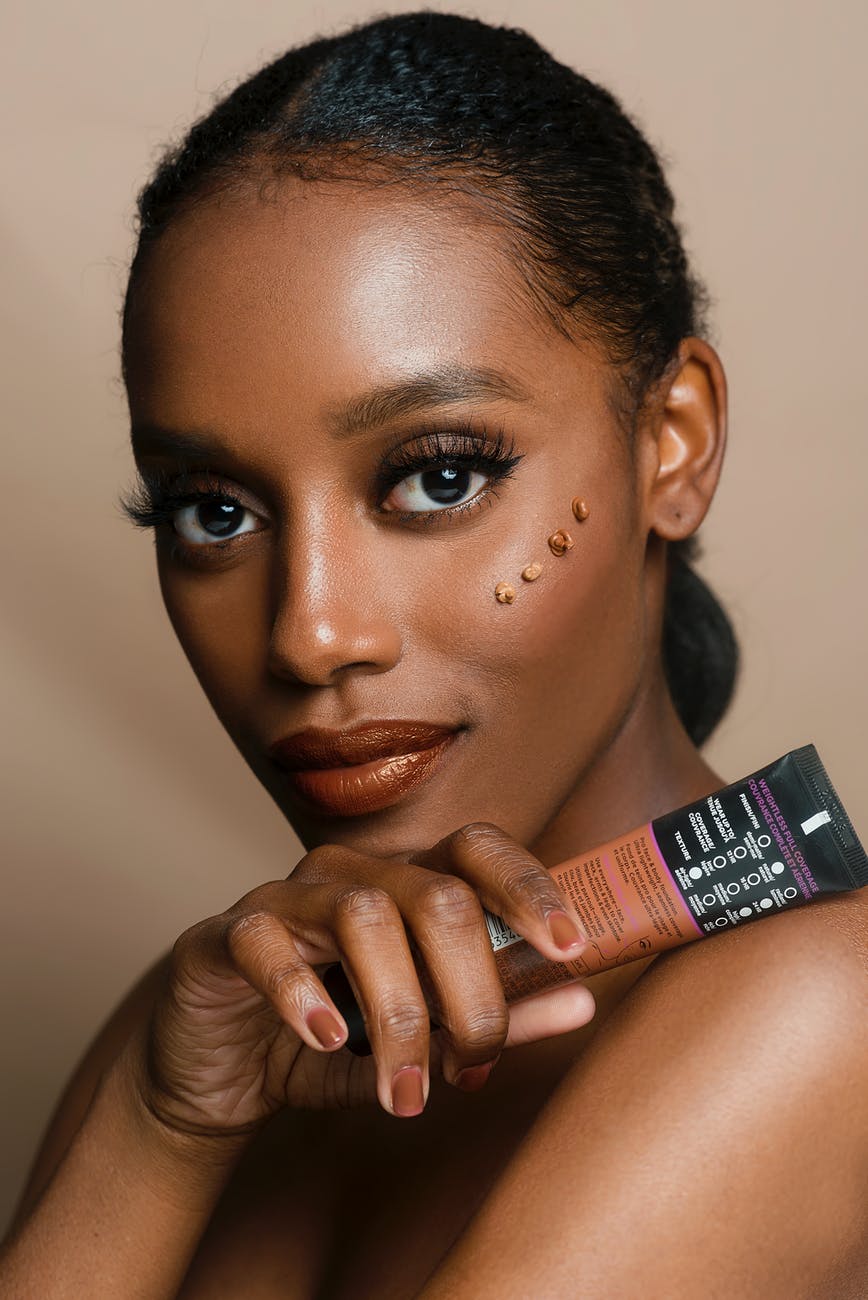
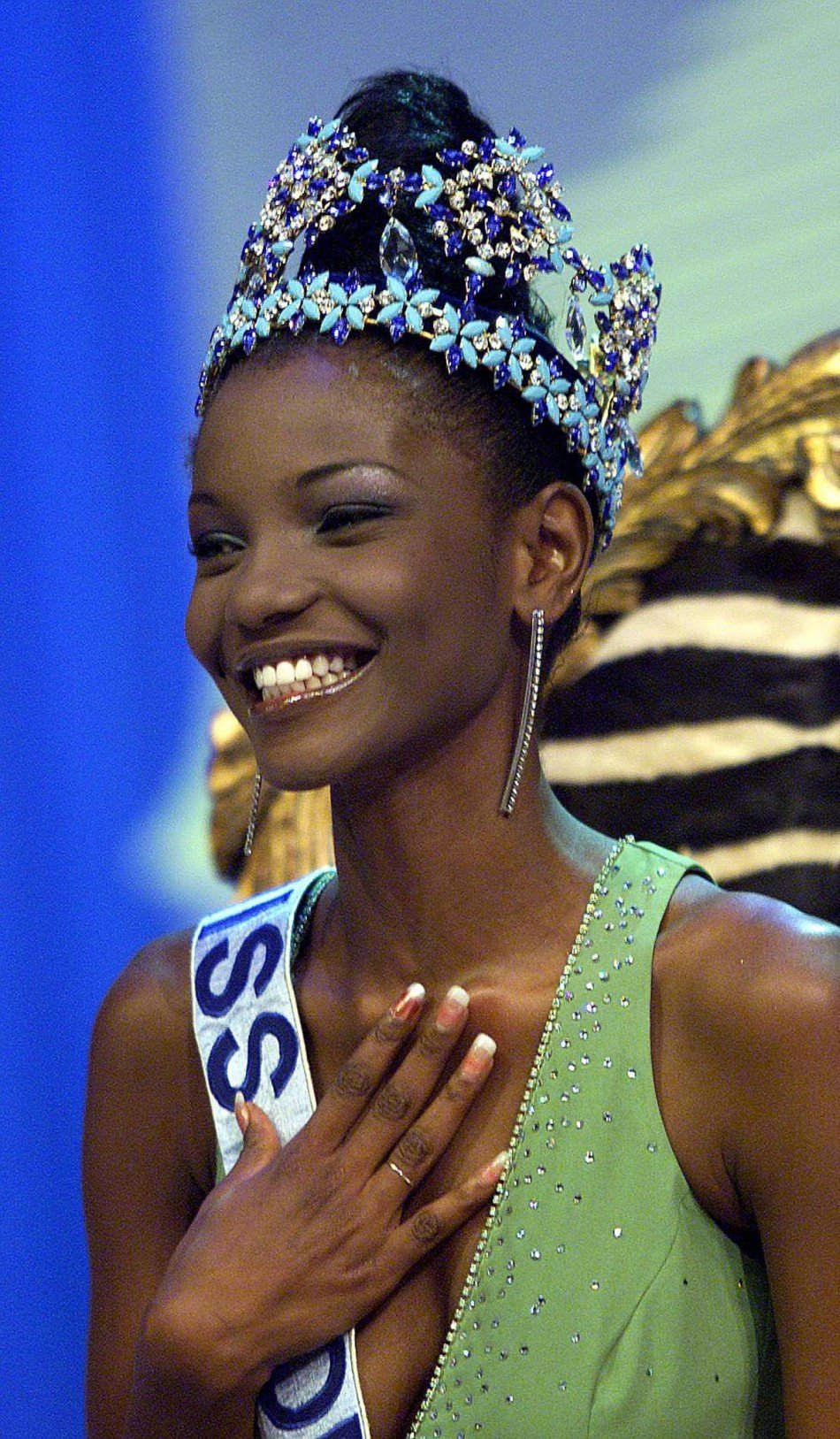
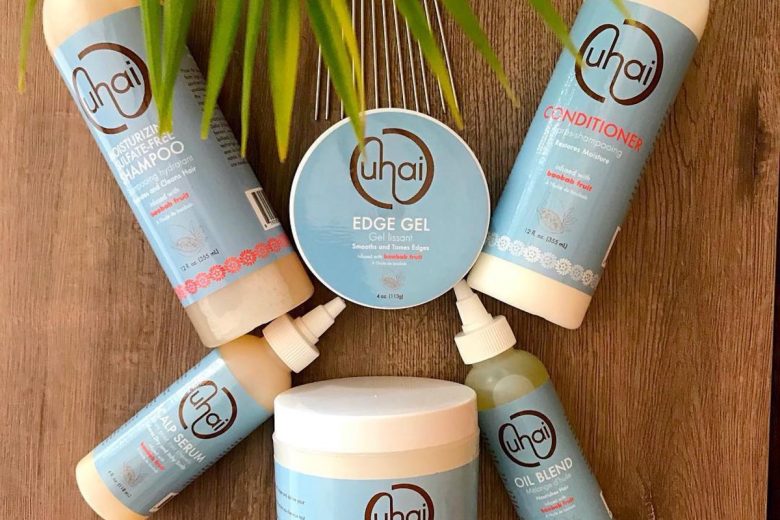
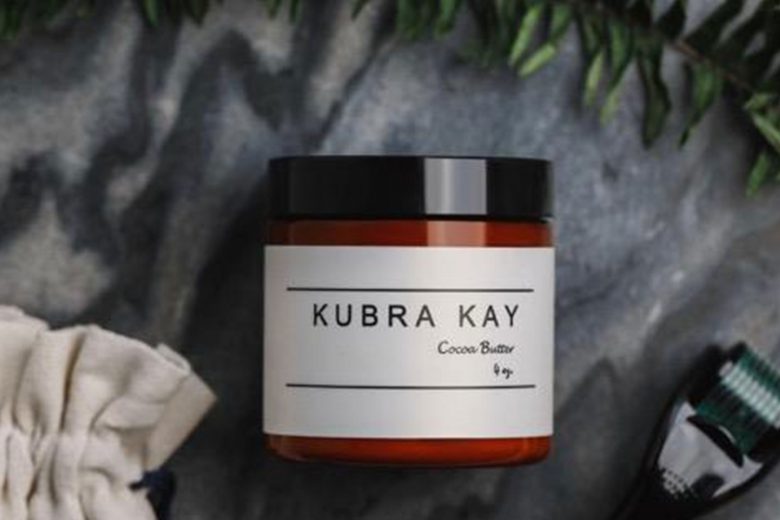
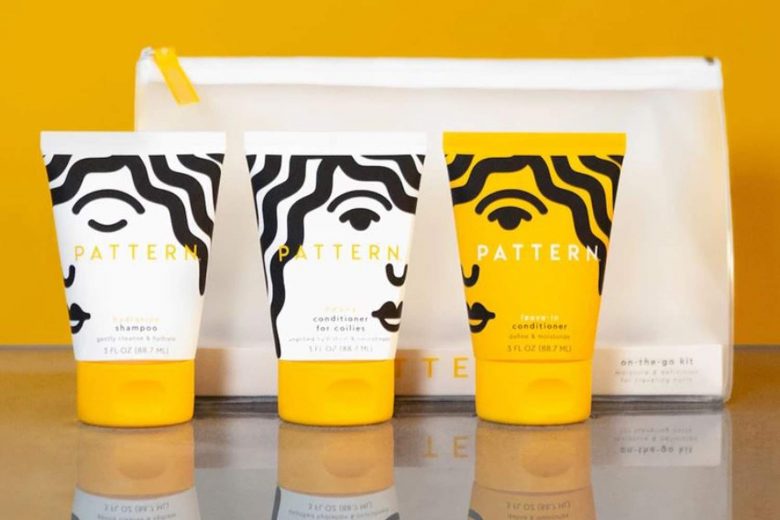
Pingback: The Dark Skin Is Photo Project - ABOC Directory